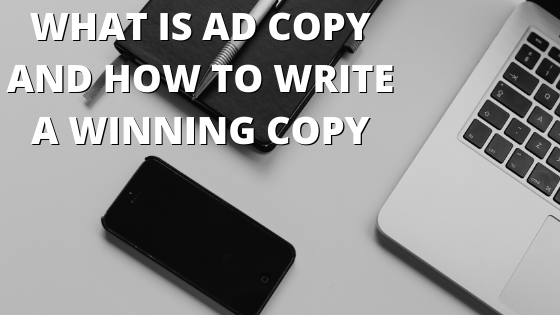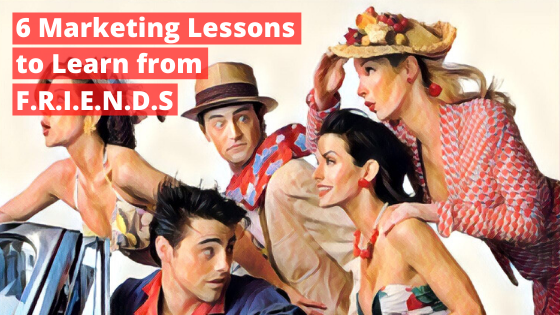Picture this – You have learned running Faceboook Ads and so has your friend. You both decide to put your newfound superpower to good use by running actual ads so that you can both get traffic to your websites. You both have practically the same website where you write 1 article a day about technology. You both decide to initially run your respective Ad campaigns with the same targeting and with a budget of Rs 1000 each. The ads run for a week.
It’s time to compare results. Your friend has received 800 visits on his website (getting a Cost Per Click of Re 1.25), while you have received only 500 visits on the website (at a Cost Per Click of Rs 2). You are baffled. You did everything the same but why did you get lesser visits on the website in the same Rs 1000 spent! You start analysing the differences between your friend’s campaign and yours and you realise the first step (getting a user to click on the Ad) is where the difference is. The Ad Copy! But what is this exactly?
Table of Contents
What is meant by Ad Copy or Advertising Copy?
Copywriting is the act of writing a text that can be used in advertisements or other marketing material.
An Ad Copy is the text that is written for advertising or marketing purposes. The Ad Copy gives the gist of the advertisement or the product/service being promoted in a crisp short text.
This is the creative part of an advertisement or marketing collateral that is meant to attract the potential customer’s attention and get them to take action.
Why is Ad Copy so important?
If you are a part of the Marketing or Advertising (Traditional or Digital) industry, having a good grasp on Copy is very important. Without the understanding of how Ad Copy works, you might lose out on sales prospects or Clicks (in digital marketing scheme of things).
Ad copy is a specialized type of content that has only one objective – to get the reader to take action. In Face-to-face marketing, a salesman would talk about how great the product is and how it will add value to the user’s life. This sales pitch is what would convince the customer to go ahead and purchase the product or service. The Ad Copy or Ad Copy is the advertising version of the Salesman. It tells the user about the product, convinces them with the pitch and gets them to take an action (which is called conversion in Digital Marketing).
The goal of the Ad Copy is to increase the conversions (which could be Sales, or Lead Generation or App Installs). A good copy will drive these results for you at a low cost, while a bad copy may or may not drive results for you. Even if it does, it might be at a higher cost. And this is what will hamper your profitability.
What are the elements of Good Advertising Copy?
An effective Ad copy is supposed to drive the right customers to your business at the right cost. Here are 4 elements that make a great Ad Copy that shows results:
- Credibility – Your copy should make the user believe in it. If they mistrust your copy, they will probably not click on it.
- Attention – There is a lot of noise in Online and Traditional Advertising out there and your Ad will have to compete with it to get noticed. If your Ad Copy contains the keywords that your audience is looking for, you have just won half of the battle.
- The promise of the Benefit – This is the part of the copy where you give them a promise of what value they will get after they click on your ad. In Facebook Ads, this is generally added in the Description/Caption.
- Call to Action – People need to be told what to do explicitly. This is where you ask the audience to take that action. It could be “Shop Now” or “Learn more” or “Buy Now”.
What are the types of Ad Copy?
There are different types of Ad copy with examples, based on what emotions they entice. Below are the types:
- Human Interest Copy
- Reason Why Copy
- Educational Copy
- Institutional Copy
- Suggestive Copy
Human Interest Copy

Reason Why Ad Copy
This copy offers reasons as to why a customer is expected to buy the product of your brand. It tries to explain the product benefits by giving evidence in the form of testimonials, guarantees, customer experiences etc.
eg. Choose HiCare pest control services. We take care of all types of pest problems including Termites, Cockroaches, Rodents, Ants and more.
Educational Ad Copy
This copy aims to inform customers and entices them to purchase a project by educating potential customers.
eg. Your children need an open space to spread their wings. Enjoy life in the lap of nature away from the hustle-bustle of the city. When you spend less time in traffic, you spend more time with your family. Experience the prosperous life with Marathon Nexzone, Panvel. Luxury 2BHK and 3BHK residences.
Institutional Ad Copy
This copy doesn’t always sell the product or service. Its objective is to promote the company (rather than the product). Doing this build more trust, goodwill and increase reputation for the company.
eg. Lenskart offers you a wide range of frames at the lowest cost that nobody else can offer you. NOBODY.
Suggestive Ad Copy
This type of copy works best when a customer is confused about the quality of the product and is struggling with making a decision. This copy conveys the message directly or indirectly to the customers and prompts them to purchase the product.
eg. Are you losing interest on your Savings Account? Open a savings account with Kotak Bank and get more out of life.
Conclusion
Hope you already know now how important Ad Copy or Ad Copy is for Advertising – whether it’s Online or Offline. Sometimes it is the difference between a successful campaign and an unsuccessful one.
You can decide on the type of Ad Copy you want based on the tonality of your brand. It is also suggested to sometimes try different types of Ad Copy and derive which one resonates best with your audience.
Note: Have you enrolled for our free “Basics of Digital Marketing” Course yet? You can start learning right here !





